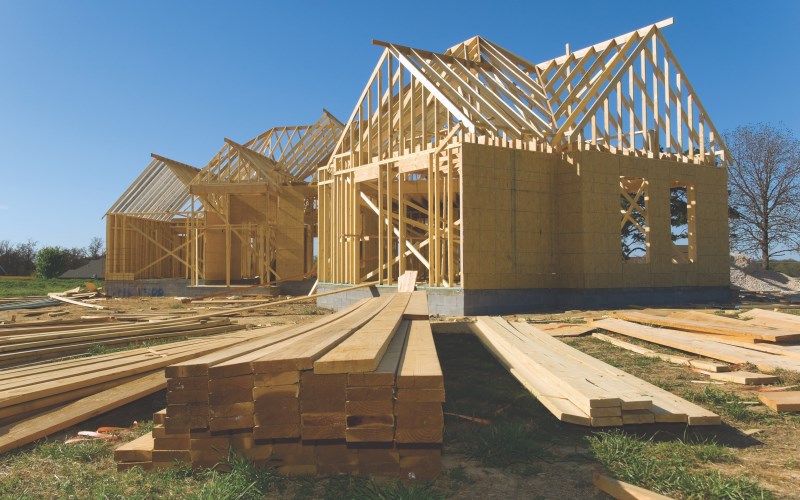October 2, 2024

Planning to build a home in the country but don’t know where to start? From floor plans to financing, new home construction projects require time and planning. If you’re dealing with rural real estate for the first time, you’ll likely be navigating even more unknowns.
Whether you already own rural land or are searching for your future construction site, building a home in the country doesn’t have to be a hassle. Read on for tips from the team at Country Living Loans for building your dream rural home — from lot purchase to final mortgage.
1. Planning and preparation
Building a country home involves more complexities than urban construction. It requires coordinating various aspects like land acquisition, design, permits, utilities and financing. The process can also be more time-consuming due to rural-specific considerations. Be sure to allocate significant time and planning, from floor plans to financing.
2. Site considerations
Factors like road frontage, septic systems, water and electric access need to be considered. Soil drainage (perc test) and zoning limitations should be evaluated. View this previous blog article on deed restrictions. Site work costs for tasks like clearing, grading and preparing rural land may be significant. Also keep in mind proximity to amenities and services as these will impact land value.
3. Secure financing
Don’t rush through the planning and financing. Be realistic about goals and budget and develop detailed plans and projected costs for proper valuation.
Many lenders won't finance vacant land or have strict requirements. Country Living Loans from Farm Credit East specializes in rural financing, offering flexible land and lot loans and one-time closing for construction-to-permanent financing. Additionally, interest only payments are made during the construction phase at a variable rate. Upon completion of your build, or at the end of the 12-month build timeframe, you are then eligible to lock in a lower long-term fixed rate. Furthermore, interest is only charged on funds advanced during construction and payments gradually increase over time.
4. Define a timeline
New home construction is not a project you want to rush through planning and financing. Start the process 2-3 months before breaking ground. This allows time to finalize plans and secure permits. The loan process typically takes 45-60 days. Buyers typically have 12 months to complete construction after closing. This provides flexibility as you organize the project.
5. Construction planning
Finalize floor plans. Detailed floor plans are required for accurate appraisal and financing, so be sure to have them ready for the appraisal.
Evaluate builder. Compare multiple estimates to select a reputable builder.
Financial Planning. Factor in at least 10% for cost overruns. You should also consider future property tax assessments to assist in long-term financial planning.
If you’re thinking about new construction, reach out to your local Country Living Loans mortgage specialist to get started. Our experienced mortgage specialists are here to help provide you with personalized service every step of the way.
Contact A Country Living Loans Specialist Today





